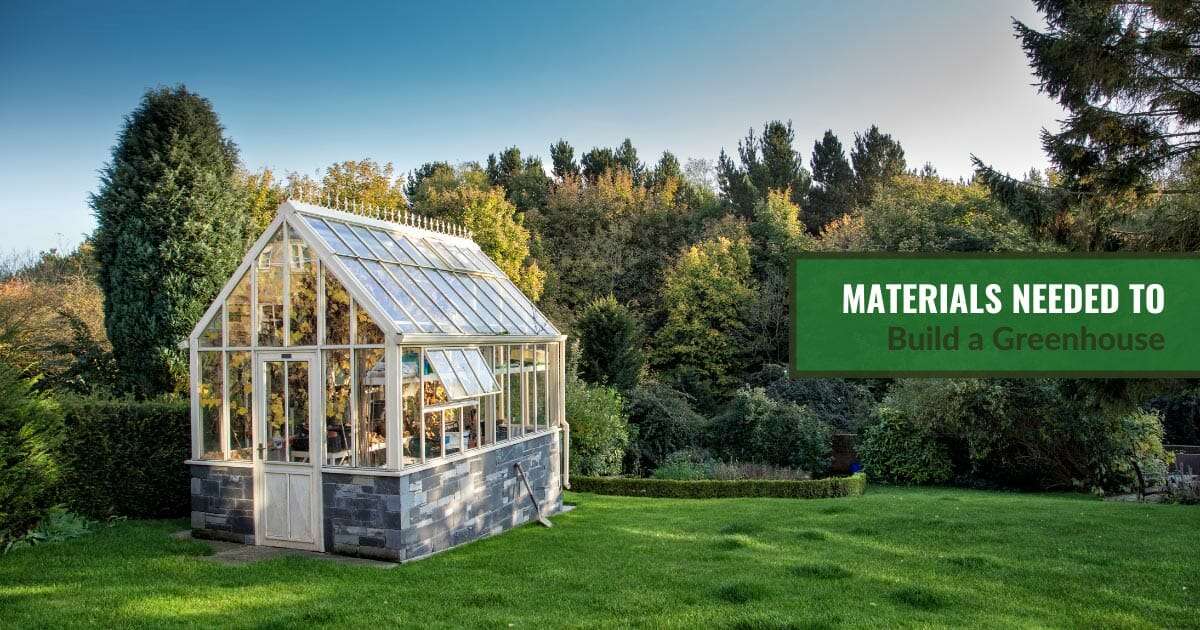Embarking on the journey of constructing your own greenhouse is an exciting endeavor, promising a bounty of fresh produce and flourishing plants year-round․ But before you can reap the rewards, you need to understand the essential materials required to bring your vision to life․ Building a greenhouse involves careful consideration of structural integrity, light transmission, and temperature regulation․ Selecting the right building **materials** is paramount for creating a thriving environment for your plants, ensuring their optimal growth and long-term health․ Therefore, choosing quality is key to constructing a durable and efficient greenhouse․
The Foundation: Laying the Groundwork
The foundation is the bedrock of any greenhouse, providing stability and preventing ground contact that can lead to rot and pest intrusion․ Several options exist, each with its own advantages and disadvantages:
- Concrete Slab: Offers the most robust and durable foundation, providing excellent insulation and a level surface․ However, it’s also the most expensive and labor-intensive option․
- Gravel Bed: A more affordable and easier-to-install option, gravel provides good drainage and helps regulate soil temperature․ Requires a well-defined perimeter to prevent shifting․
- Wood Frame: A suitable choice for smaller greenhouses, a wooden frame can be constructed relatively quickly and easily․ Needs to be treated to prevent rot and decay․
The Frame: Constructing the Structure
The frame provides the skeleton of your greenhouse, supporting the glazing and withstanding environmental stresses․ Common framing materials include:
- Wood: A traditional and readily available option, wood offers good insulation and aesthetic appeal․ However, it’s susceptible to rot, pests, and requires regular maintenance․
- Metal (Aluminum or Steel): Provides superior strength and durability compared to wood․ Aluminum is lightweight and corrosion-resistant, while steel offers exceptional structural integrity․ Metal frames are often more expensive but require less maintenance․
- PVC: A cost-effective and lightweight option, PVC is resistant to rot and pests․ However, it’s less strong than wood or metal and may not be suitable for larger greenhouses or areas with high winds․
The Glazing: Letting in the Light
The glazing is the transparent or translucent material that allows sunlight to enter the greenhouse․ Choosing the right glazing is crucial for maximizing light transmission and minimizing heat loss․ Here’s a breakdown of common options:
- Glass: Offers excellent light transmission and durability․ However, it’s heavy, expensive, and can shatter easily․ Tempered glass is a safer and more durable option, but comes at a higher cost․
- Polycarbonate: A lightweight and impact-resistant alternative to glass․ It offers good insulation and diffuses light, preventing scorching of plants․ Polycarbonate is more expensive than polyethylene film․
- Polyethylene Film (Plastic Sheeting): The most affordable glazing option, polyethylene film is lightweight and easy to install․ However, it has a shorter lifespan than glass or polycarbonate and requires regular replacement․
Comparative Table: Glazing Options
| Material | Light Transmission | Durability | Cost | Pros | Cons |
|---|---|---|---|---|---|
| Glass | Excellent | High | High | Excellent light, long-lasting | Heavy, expensive, breakable |
| Polycarbonate | Good | Very High | Medium | Lightweight, durable, good insulation | Can yellow over time |
| Polyethylene Film | Good | Low | Low | Affordable, easy to install | Short lifespan, requires frequent replacement |
Beyond the core components, remember to factor in additional **materials** like fasteners (screws, nails, bolts), weather stripping, ventilation systems (vents, fans), and potentially, a heating system if you plan to cultivate during colder months․ Proper planning and selection of high-quality materials will ensure your greenhouse thrives for years to come․
Essential Accessories and Considerations
Don’t forget the smaller, yet vital, accessories! Things like door hinges, latches, and weather stripping are crucial for proper functionality and insulation․ Consider purchasing greenhouse-specific tape for sealing seams and repairing any tears in your glazing material․ Also, think about internal structures like shelving or hanging baskets to maximize your growing space․ These additional **materials** can greatly enhance the efficiency and usability of your greenhouse․







